There is a list of 7 man-made wonders of the world for Adventure Travelers. Many of these could be called the 8th Wonder of the World. We haven’t visited all, but here is our preferred list of the man-made structures we did visit:
Angkor Wat Temples, Cambodia
A large area of different temple complexes is regarded as the best in the world. And we have to agree. The jungle around and over it helps in this ranking. The Angkor Wat temples near Siem Reap are Cambodia’s major tourist attractions. They are the remnants of the great Khmer Kingdom of the 9th until the 15th century. The large archeological area contains many different temple complexes. In a few days, we try to see a diverse subset of these temples.
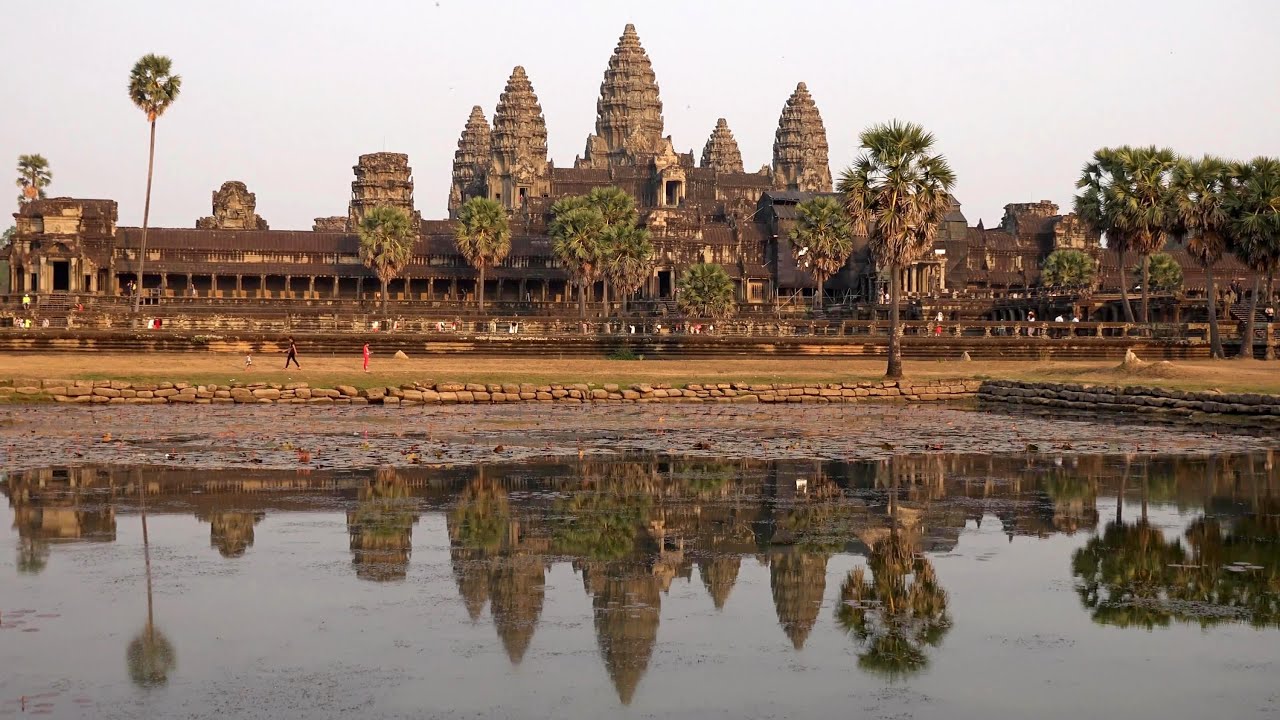
On all levels, the temple is decorated with reliefs of apsaras or heavenly nymphs. A lot of them are well preserved and very beautiful. The towers are less well preserved, although it is clear that there was a lot of detailed decorations on those as well.
The Bayon, from a distance, resembles a pile of rocks, but coming closer, we recognize more and more smiling faces. Walking through the temple, even more, faces show up, and we wonder at the piles of rocks that need to be assembled, to form even more smiling faces. The surrounding walls of the temple are decorated with reliefs, depicting war scenes and scenes from daily life in the glory days of Angkor.
The Great Wall of China
Needless to say, it’s immense. Choose the right place to visit, though. Of all the attractions in Beijing, the great wall of China is the most fascinating one. It combines history with amazing views and climbing it is an adventurous activity. From Beijing, there is a variety of tour operators offering day trips. The alternative is to go there via public transport, but especially the remote locations may require some planning.
The great wall of China appeals to everybody and is a must-visit when you’re in Beijing. But the question is: where should you go? The most developed stretch of wall is at Badaling. Here you will find hotels, restaurants, a cable car, and other attractions. It is ideal for the common tourist. But it is also crowded and touristy.
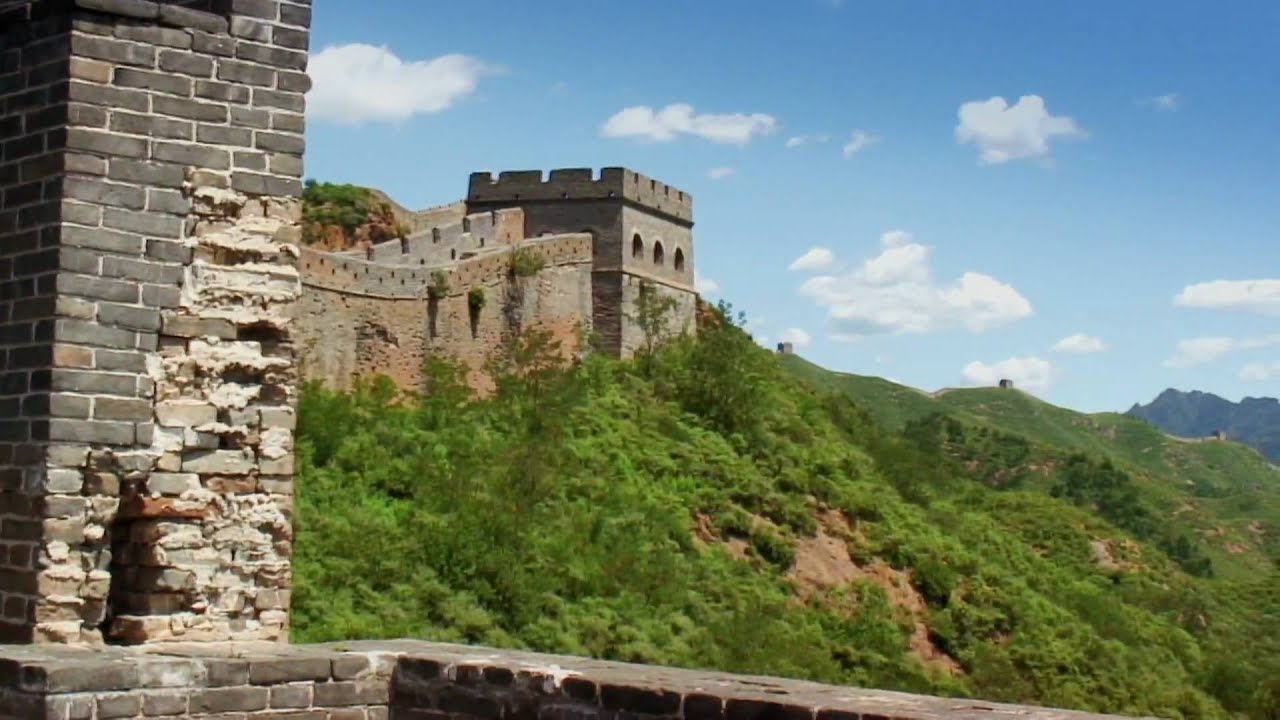
For the adventurous ones, it is better to visit Simatai. It is less developed, but well preserved over the years. So it delivers both intact pieces of wall and ruins. For this reason, it is regarded by many people as the best part of the wall.
There is an eastern and a western stretch of wall at Simatai. The western part is easier to climb, the eastern part more adventurous.
The good reputation of Simatai will attract more and more tourists over the years. In the low season, you’re fine. But in high season, you might want to consider even more remote stretches of the wall. From what we hear, Jiayuguan might be a good choice. It is reconstructed in the 1980s but draws little tourists because of its remote location. Other considerations: Mutianyu (second most developed after Badaling) and Beidaihe (on the Chinese Riviera and therefore popular among the Chinese).
Rock hewn churches of Lalibela, Ethiopia
Many churches cut from the rocks. We haven’t seen Petra, but think this must come close. In the 13th century in Lalibela, according to the legend the king with the same name built 11 monolithic churches with the help of Angels. True or not, Lalibela is still the religious center of Ethiopia. Many pilgrims visit here, and so will we. But to get there, we will have to pass the Great Rift Valley.
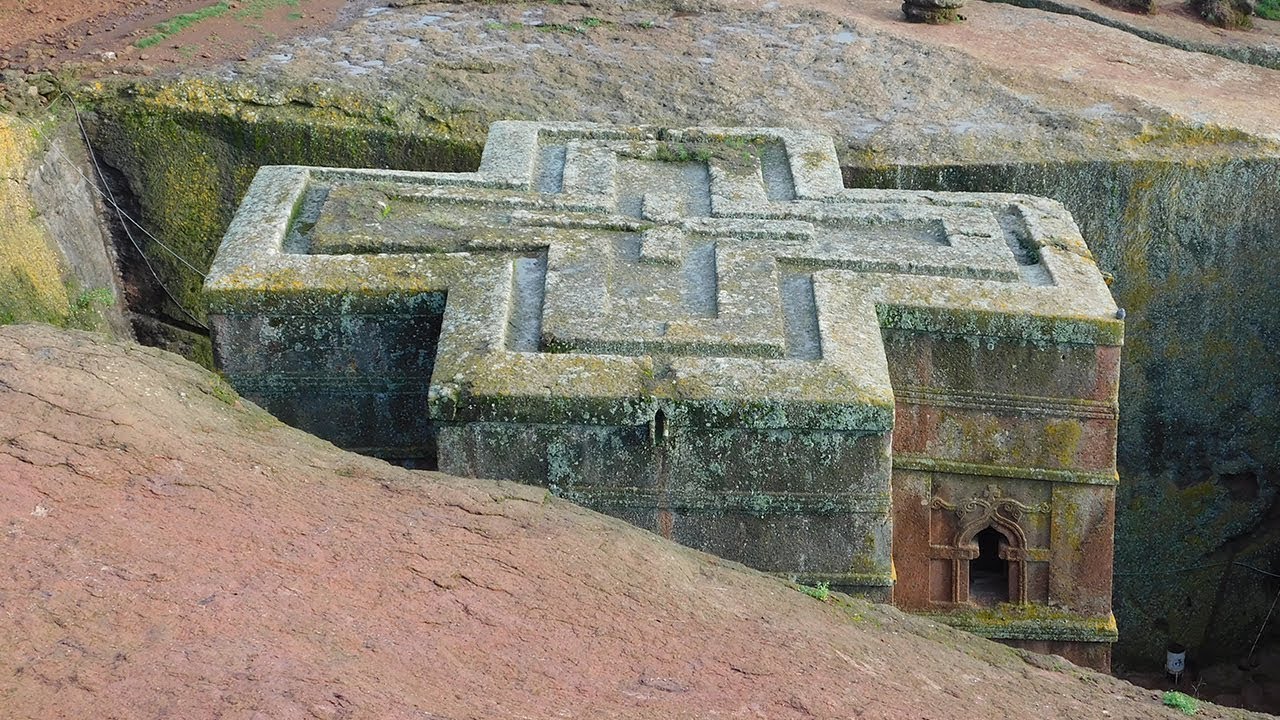
Lalibela is located on the mountain edge on the other side of the valley. The rock-hewn churches of Lalibela were cut from massive volcanic rock soil. First, the contours were cut out deep, and then the decorations and interior were cut out from the outside in.
Inside the church are different rooms. Unfortunately, the frescoes on the wall aren’t well preserved. In a separate room, a priest is showing the cross of the church, which we are allowed to photograph. The different historic cities in Ethiopia (Aksum, Godar, Lalibela) have their own type of crosses, but in Lalibela crosses of the other types are also present. Each church features one or two crosses.
Tikal, Guatemala
There are several amazing Maya complexes in Central America. We liked Tikal in Guatemala the most. The Mayas were one of the most advanced civilizations of their time and had many great riches like the beautiful scenery that you can enjoy here. Learn about all the new findings that have been discovered on the pyramids and the nearby monuments. Tikal is easily the grandest and most popular set of ruins in Guatemala. The ruins in Tikal are better known as The Great Plaza. This set of ruins once served as the capital city of the large Mayan empire. This set of Maya ruins has everything from large temples, to buildings, and even a ball court.
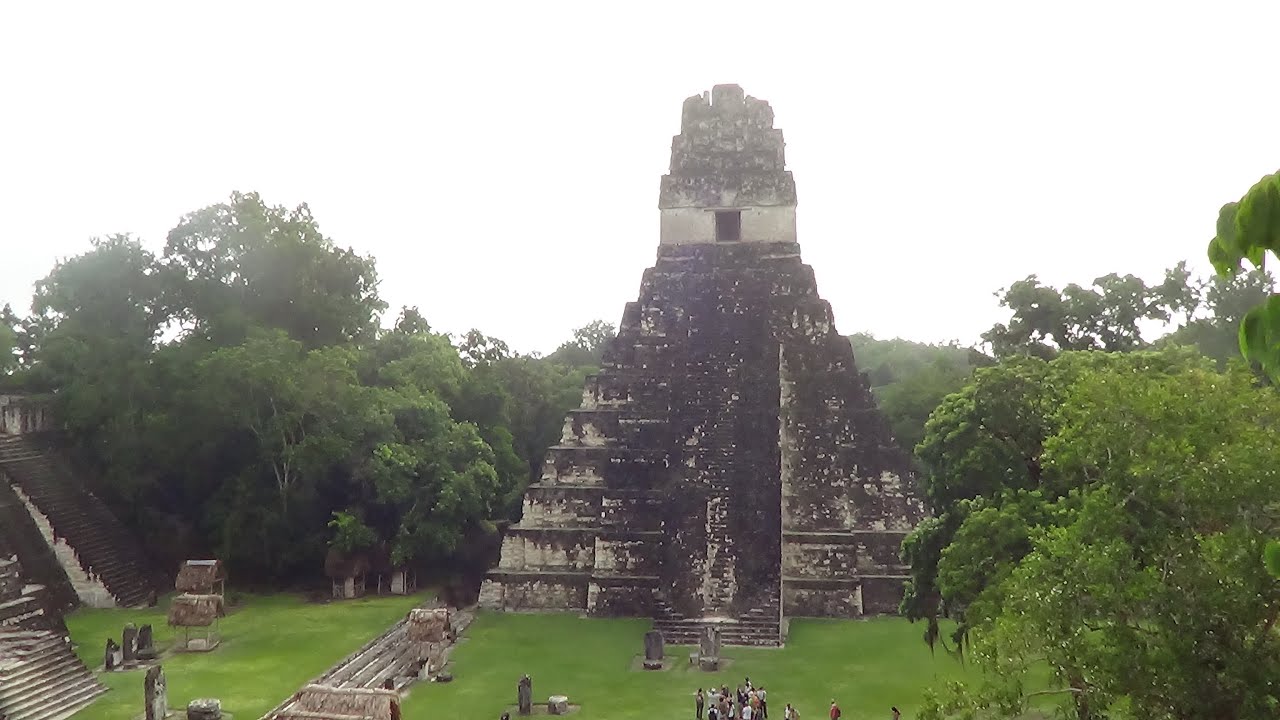
The archaeological site of these ruins is now part of Guatemala’s Tikal National Park. The ruins found in Tikal are currently the largest set of Mayan ruins in the world Even after decades of excavation, there are still thousands of buildings that have yet to bring to the surface. Among the number of excavated sites, the most prominent surviving buildings include six very large Mesoamerican step pyramids. Some of these pyramids are over 200 feet high.
The Terracotta Warriors of Xian
Some crazy emperor ordered people to create enormous amounts of man-sized clay soldiers and horses. Not all of them are excavated, they’re waiting for a technique to preserve the original colors. The terracotta warriors of Xian are the main attraction of this former capital of China. In the 1970s enormous armies of terracotta soldiers were found under the ground. But there are more places of interest in this city. Unfortunately, upon arrival at the train station, the smog already hits us in the face.
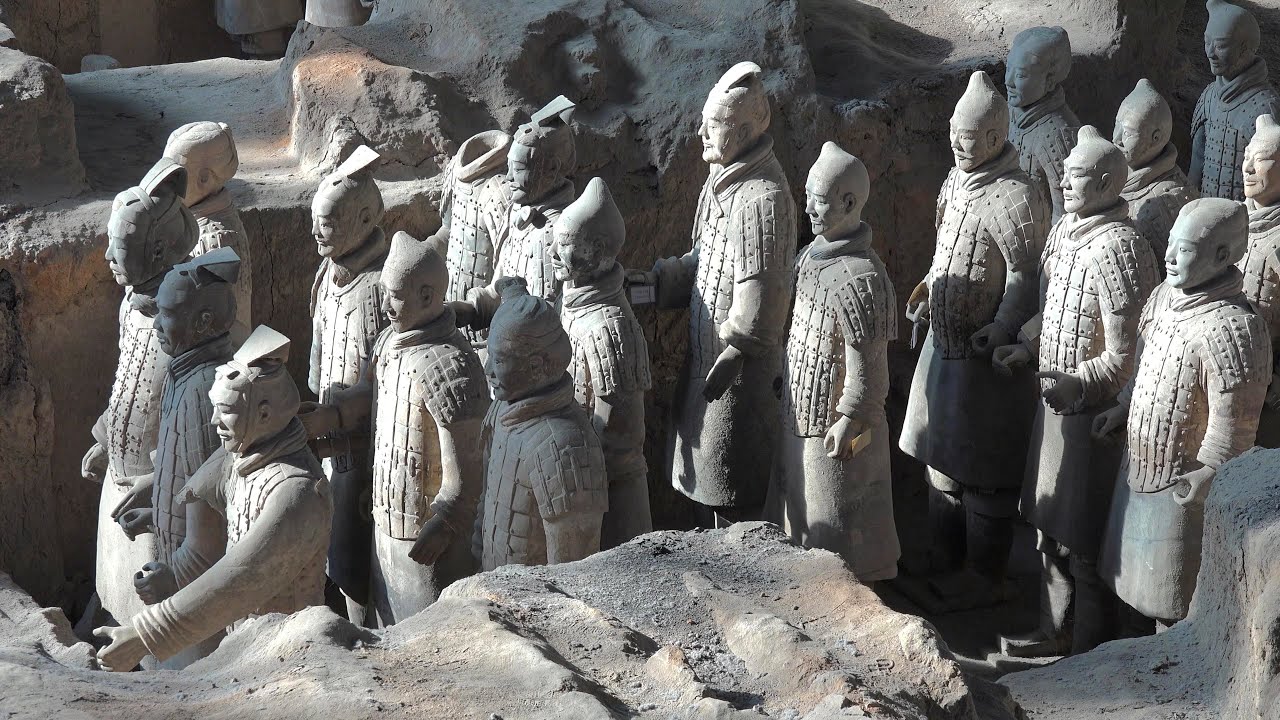
The terracotta warriors of Xian were found by a peasant in 1974 and probably consists of over 10,000 man-sized clay soldiers and horses, lined up in combat formation. The statues are probably over 2000 years old and it is suspected that they served to defend the grave of emperor Qin Shihuang. Since the grave of this emperor is located several kilometers away, some archeologists argue that the soldiers found until today are just a small set of the complete underground army.
A lot of tours offer a trip to the Terracotta Warriors of Xian, most of them including stops at some other places of interest. But we are told these are not very interesting and it would be much easier to take the local bus. Take the big local bus 301 from the train station. People will tell you to take the smaller vans, also number 301, but these will stop at several tourist shops along the route. Just take the big bus, and you’ll be fine.
